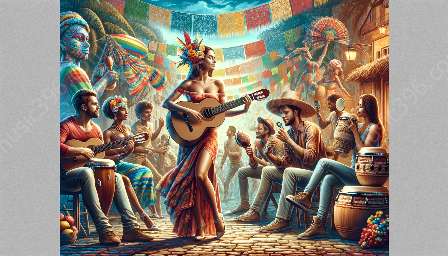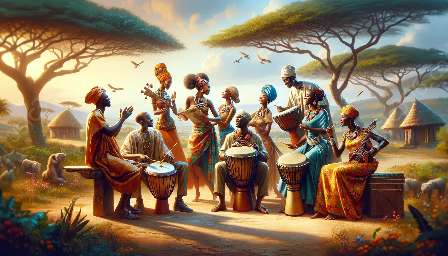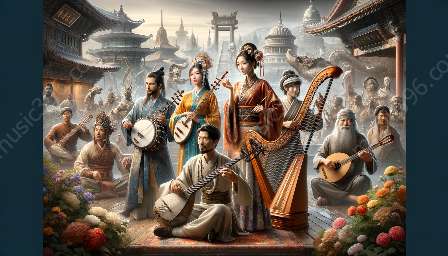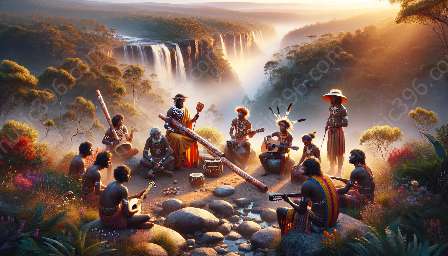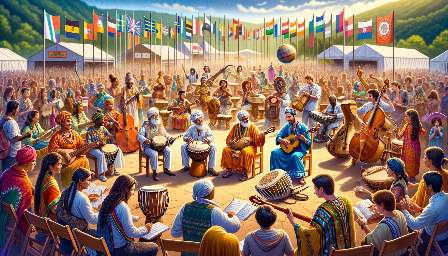The music of the Pacific Islands is a rich tapestry of diverse cultures, traditions, and rhythms that have captivated the world for centuries. From the rhythmic beats of the islands to the unique sounds of traditional instruments, Pacific Islander music is a testament to the rich heritage and cultural significance of this region.
The Cultural Significance of Pacific Islander Music
Pacific Islander music is deeply intertwined with the cultural and spiritual beliefs of the people, serving as a medium for storytelling, ceremonies, and celebrations. It reflects the unique way of life, traditions, and challenges faced by the inhabitants of these remote islands. Furthermore, Pacific Islander music plays a central role in expressing the connection between humans and nature and is an integral part of everyday life, from birth to death.
The Importance of Traditional Instruments
Traditional Pacific Islander music is distinguished by the use of a wide variety of instruments, each of which contributes to the distinctive and captivating sounds of the region. These instruments range from percussive to melodic, and each has its own unique cultural and musical significance. The following are some of the main instruments used in traditional Pacific Islander music:
1. Pate (Slit Drum)
The pate, also known as a slit drum, is one of the most iconic and widely used instruments in Pacific Islander music. It is a percussion instrument made from a hollowed-out log, often with carved or slit areas on the top. When struck with mallets or sticks, the pate produces deep, resonant tones that are used to communicate across the islands and accompany various ceremonies and rituals.
2. Ili'i (Nose Flute)
The ili'i, or nose flute, is a traditional wind instrument that is prevalent in many Pacific Islander cultures. It is typically made from bamboo or wood and is played by blowing air into the flute through the nose, creating hauntingly beautiful melodies that are often used in storytelling and courtship rituals.
3. Lali (Wooden Drum)
The lali is a large wooden drum that is used in many Pacific Islander cultures to announce important events, such as the arrival of chiefs, the beginning of ceremonies, and the calling of villagers to meetings. Its deep, resonant sound is achieved by striking the drum with sticks, and it holds great ceremonial and spiritual significance.
4. Ukulele
The ukulele, while not exclusive to the Pacific Islands, holds a special place in traditional Pacific Islander music. This small, four-stringed instrument has become synonymous with the sounds of the Pacific, and its cheerful melodies and rhythms are essential in traditional music performances and gatherings across the islands.
5. Pu (Conch Shell Trumpet)
The pu, or conch shell trumpet, is a powerful and ancient instrument used in the Pacific Islands for signaling, communication, and ceremonial purposes. The sound of the pu is both majestic and haunting, and it holds deep spiritual and cultural significance in Pacific Islander music.
The Influence of Pacific Islander Music on World Music
Through its unique sounds and rhythms, traditional Pacific Islander music has made a profound impact on world music, influencing artists and musicians from around the globe. The use of traditional instruments and the captivating melodies of Pacific Islander music have inspired and enriched various genres and musical styles, leaving a lasting imprint on the global music scene. From contemporary pop to traditional folk music, the influence of Pacific Islander music continues to be felt in diverse musical expressions.

